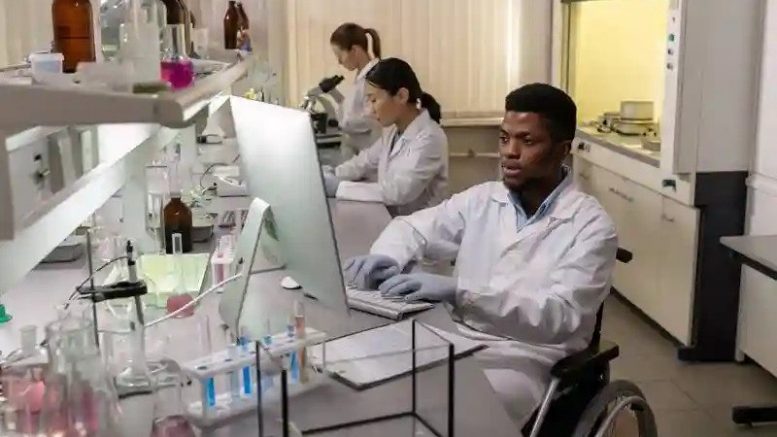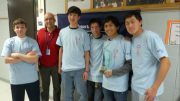Traditionally in high school, STEM classes come as a bore to many students. Why wouldn’t they? Already spending wasteful amounts of time in nearly hour-long classes, you would be mortified at the fact that you have to memorize dozens of formulas for a test that you know is pointless. But, why? Why do teachers and schools find the need to teach things that students don’t find useful?
The fact of the matter is that there is nothing truly wrong with the material itself; what’s wrong is how it is taught. People learn by inquiry and testing, not by a curriculum that is rooted in a framework that is not even designed by the teachers. Overall, IMSA does a good job of fostering this aforementioned inquiry, but not at the level that students came to the school for. Classes still bore students, because frankly, many students don’t care how interesting a class is intrinsically—only how interesting it is to them. Therefore, giving teachers more freedom to choose how to structure their classes and letting their students dynamically reorganize the curriculum would seem like a great alternative to the traditional classroom setting at IMSA. How would it look? Well, you don’t have to look far to see it.
Modern Physics. Notorious for being a GPA-destroyer, and a class that most students only possibly take in their second semester of senior year, ModPhys has consistently been one of the more difficult courses at IMSA. It covers many advanced and abstract physics topics, including, but not limited to relativity, quantum mechanics, and paradoxical claims. Personally, taking this class has been one of the most unique, while also immersive experiences that I have had at IMSA. From a dynamic learning experience to self-managed projects, collective independence is a major part of the class, and this forces students to think in ways they haven’t before. Take, for example, a simple 5-question test on a topic that you chose. Simple, no? Think carefully, because these topics aren’t child’s play, from dark photons to supersymmetric particles, these topics are not easy to decode, sometimes being so obscure that even a specified Google search will do you no good.
Sure, grades can suffer but think for a second, why did I come here? To learn, or pad my college resume? Accepting this fact can allow many students to prosper to levels of learning that they could previously only dream of. Never before did I think that I could even hold a conversation about supersymmetry or even particle interactions. Take a paper quiz, for example, a short five-question test on the major topics of a research paper that you and your class decided to learn about. Our class decided to research the lightest supersymmetric particle, a candidate for dark matter, and more importantly, a non-colored particle that could solve many open questions in the ever-expanding realm of particle physics. Seeming trivial at first, I read the paper through and thought it was simple enough. How wrong my assumption was.
When I and other classmates decided to meet and discuss the paper, we all discovered that we all had holes in our knowledge of the paper at hand. One person would perfectly understand the abstract while lacking in comprehension of the actual results, while others would have similar experiences with other sections. This collaborative environment allowed students to fix each other’s mistakes and learn on their own, without the constant support of a teacher. The projects in the class foster similar results yet again, with topics ranging from hypothesizing revolutionary ideas for a particle accelerator to managing costs for the internal component of said accelerator. You would rarely see this level of freedom being shown in other STEM classes across the state. However, IMSA is not discounted from this observation; some classes that students anticipate this level of learning in do not hold up to expectations. Therefore, proposing a plan to revitalize curriculum planning could serve to be a positive change for the learning environment in the Academy.
This class allows a student to explore their interests on their own and then based on the things that we chose, our tests were decided. Passion is a direct indicator of intelligence and as shown earlier, elective classes could much benefit from this form of teaching, and most importantly, learning.






Be the first to comment on "Making the Case for Curricular Independence"